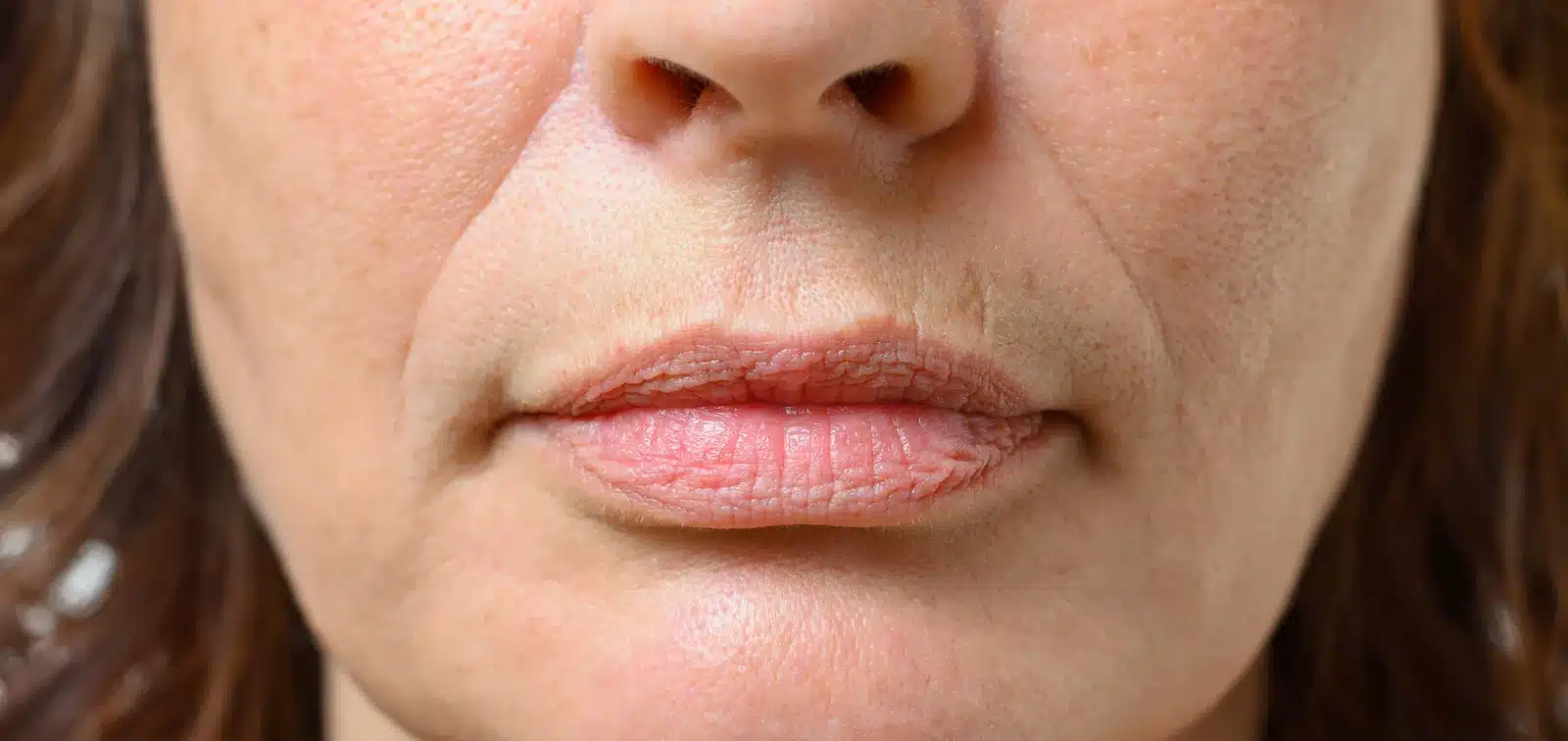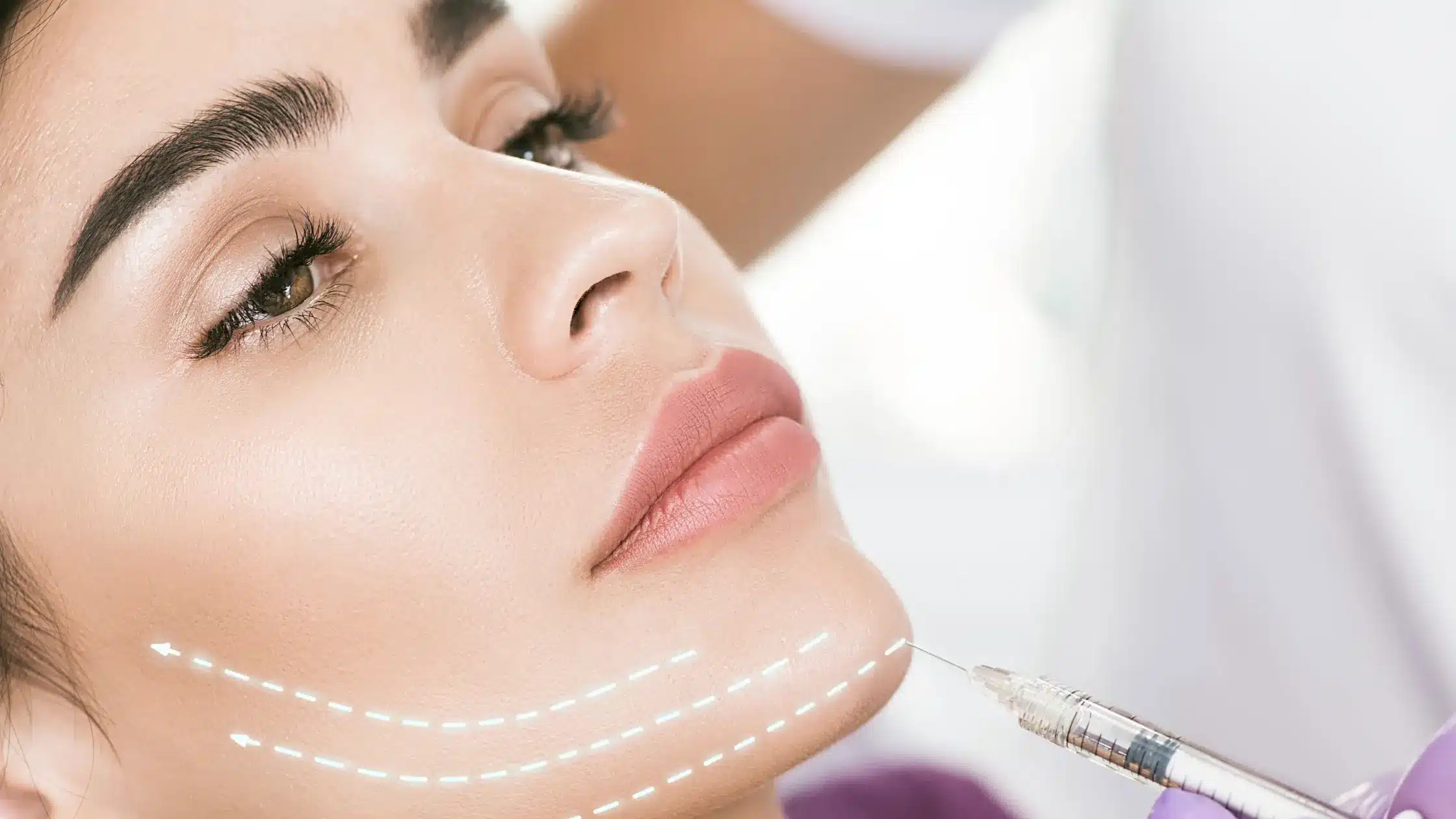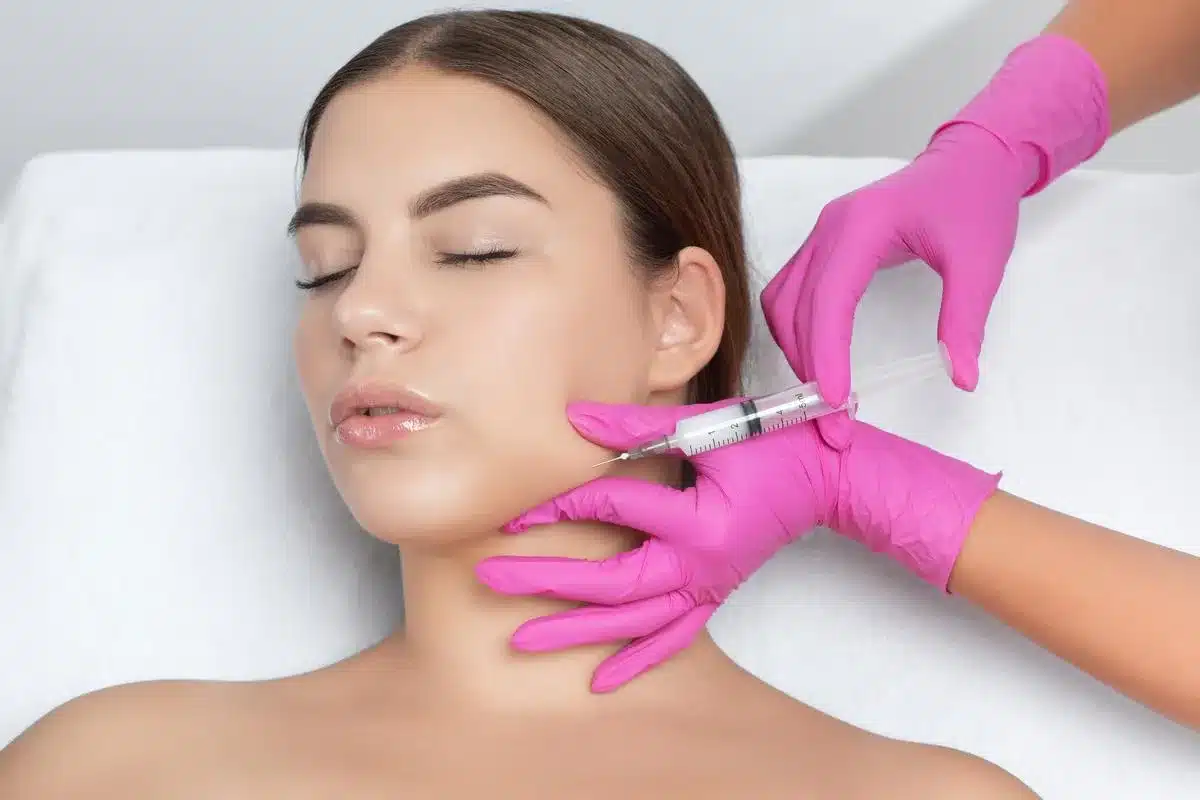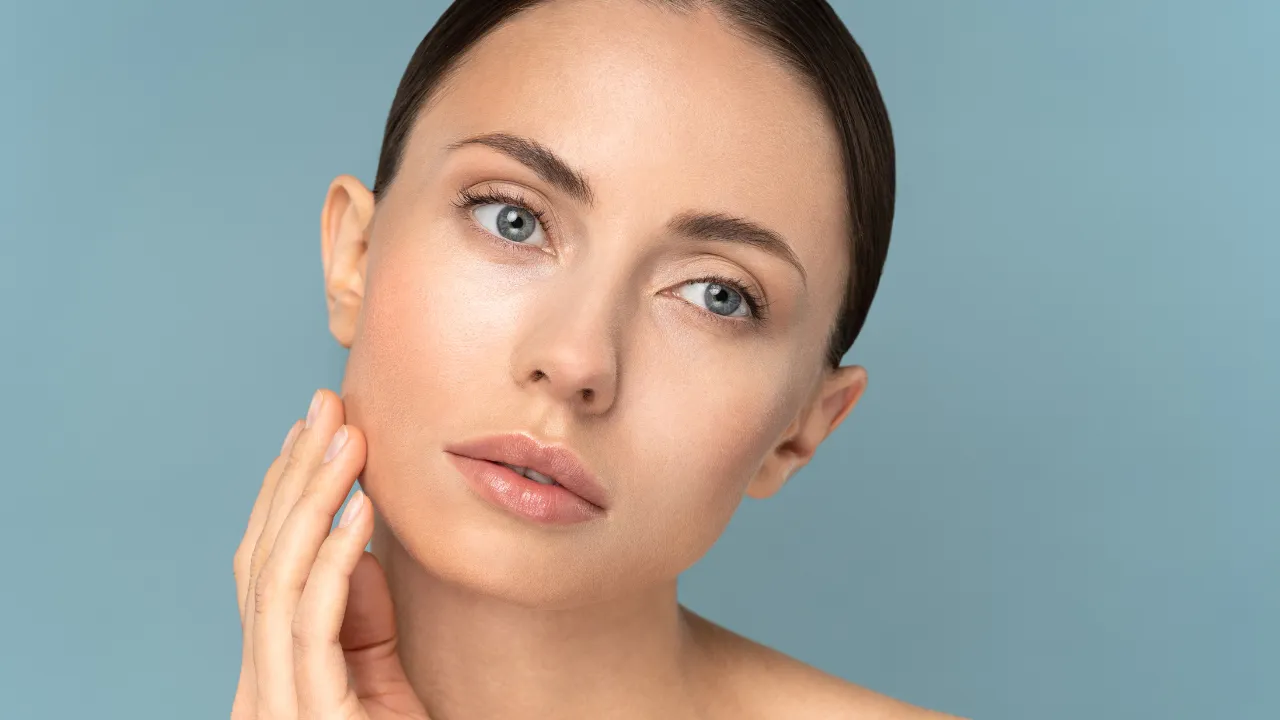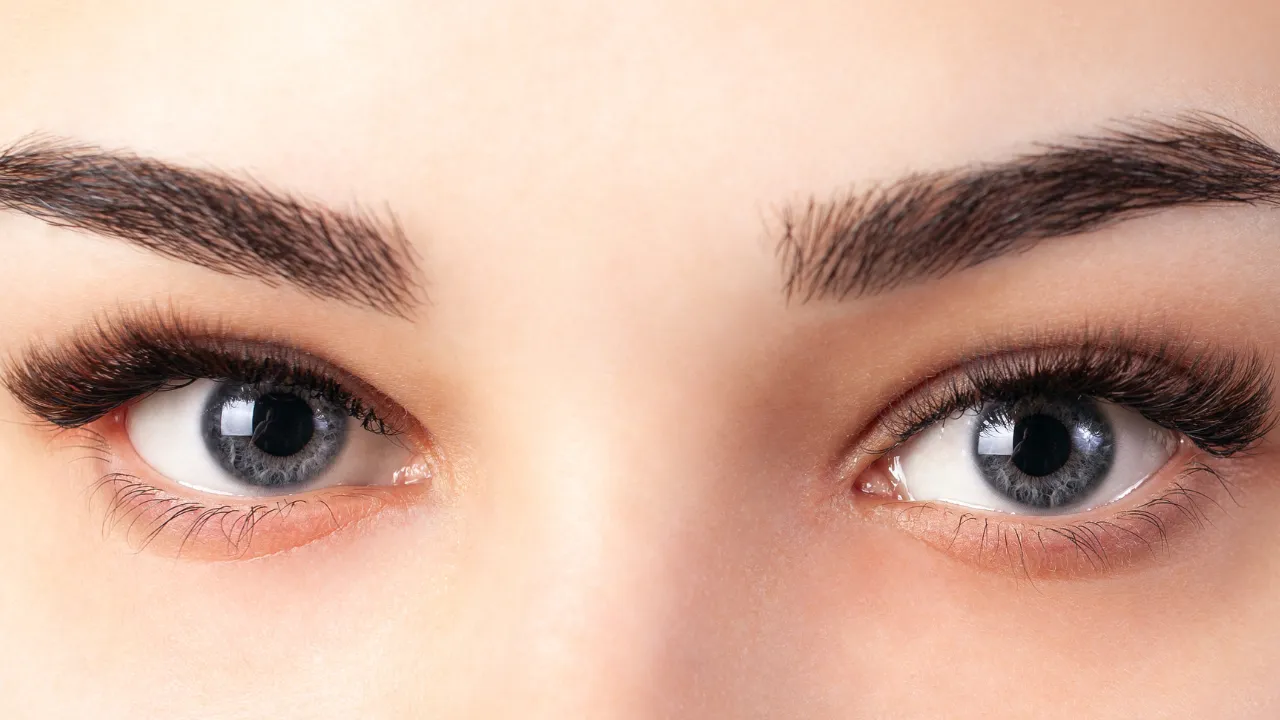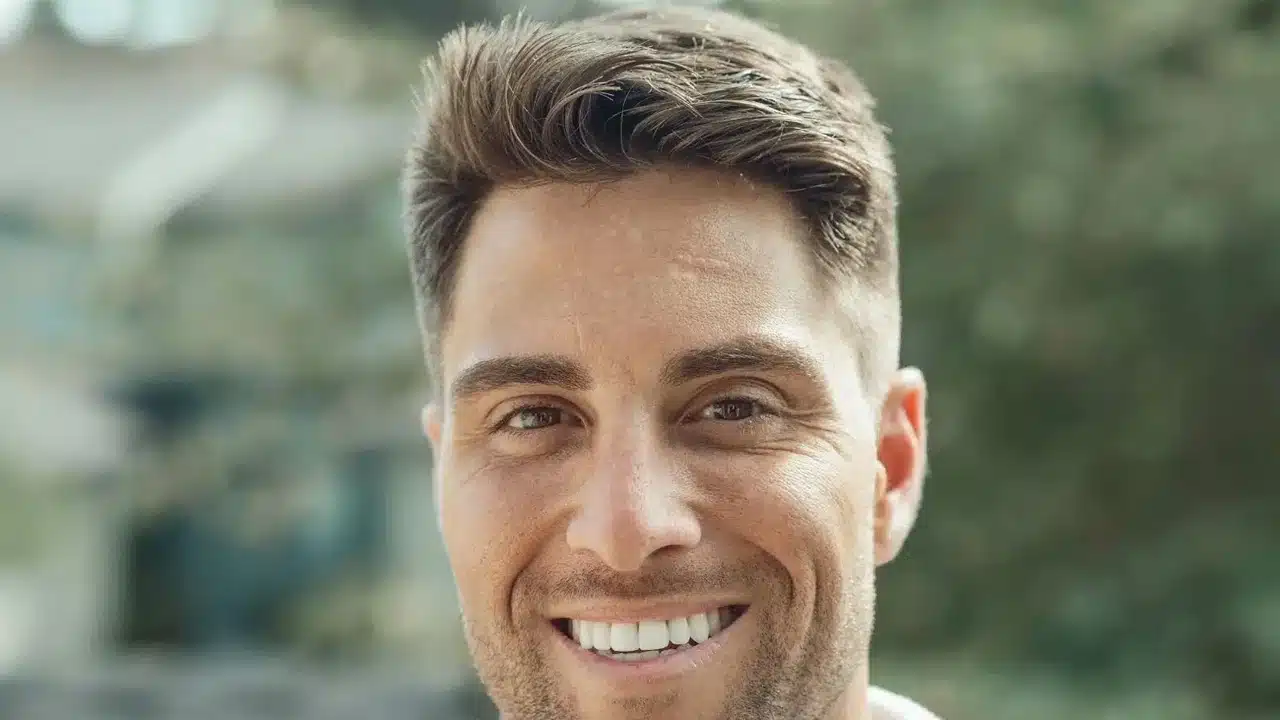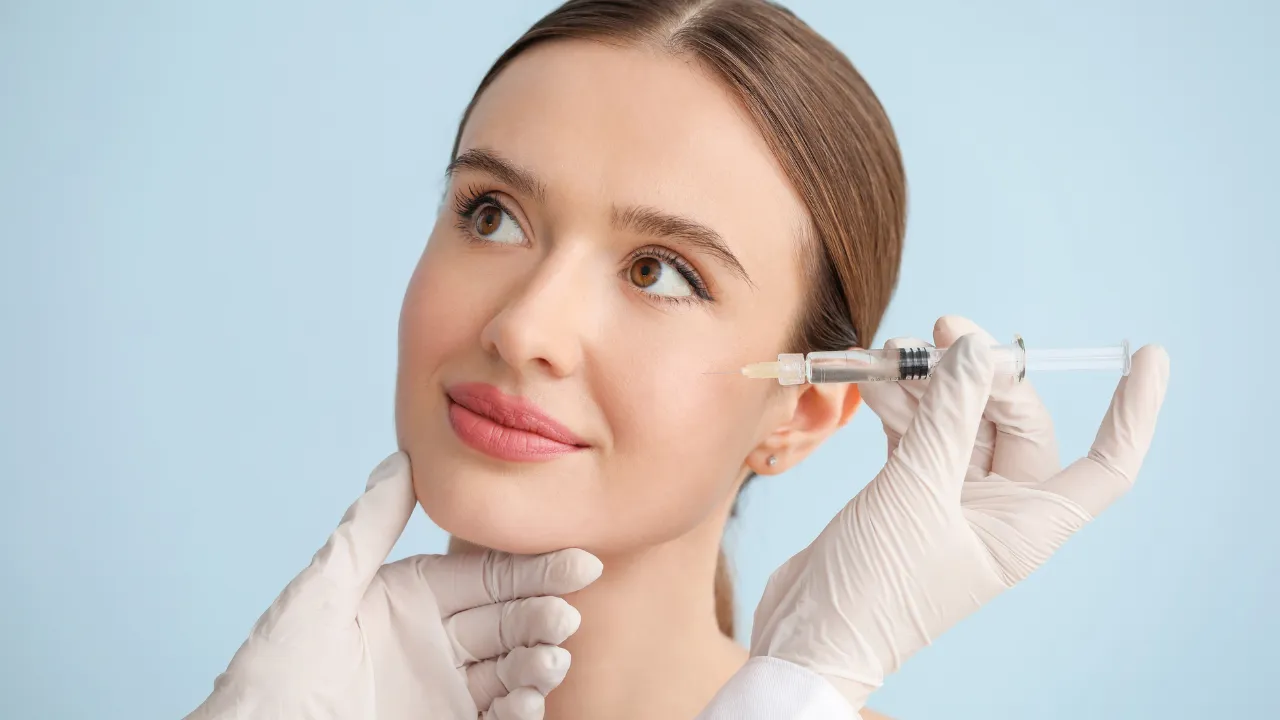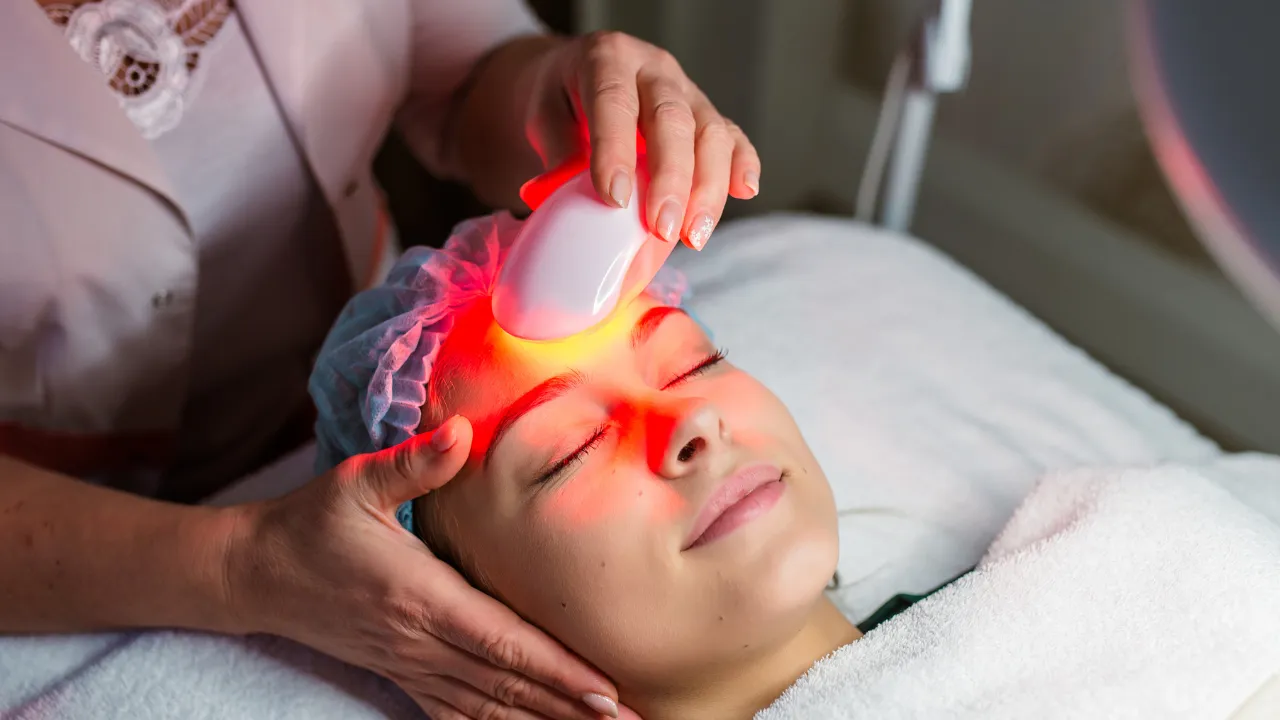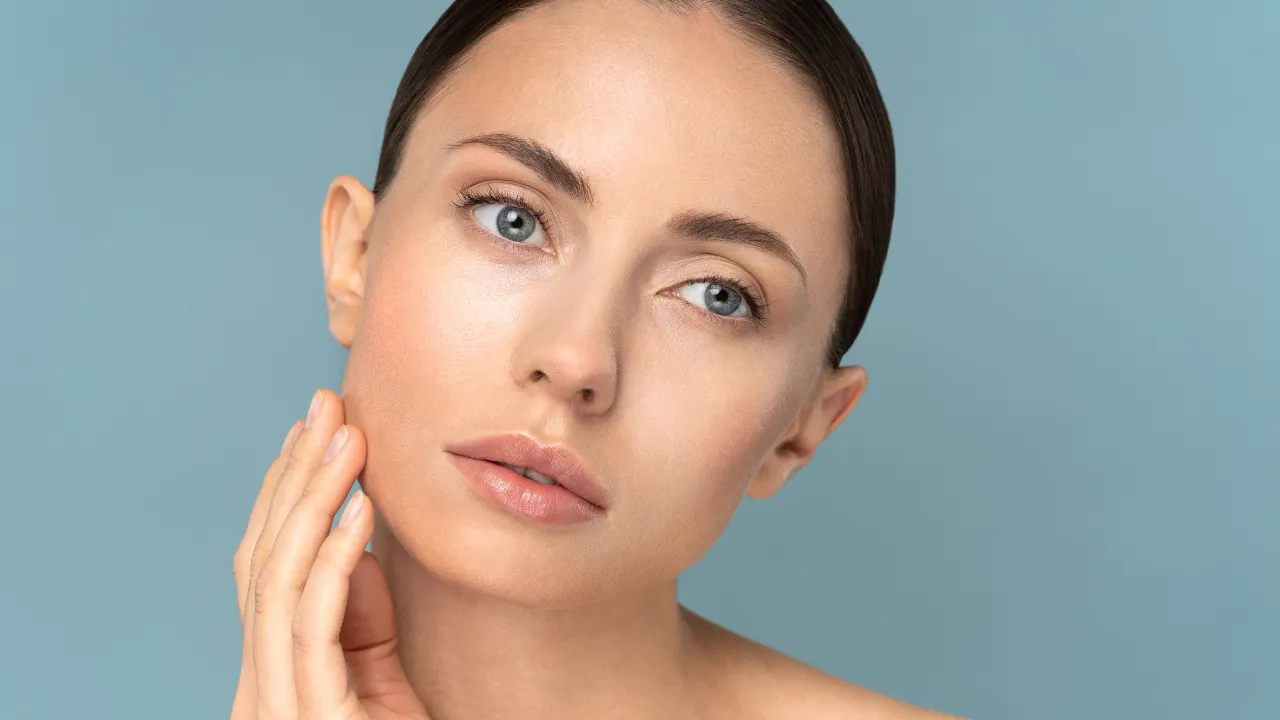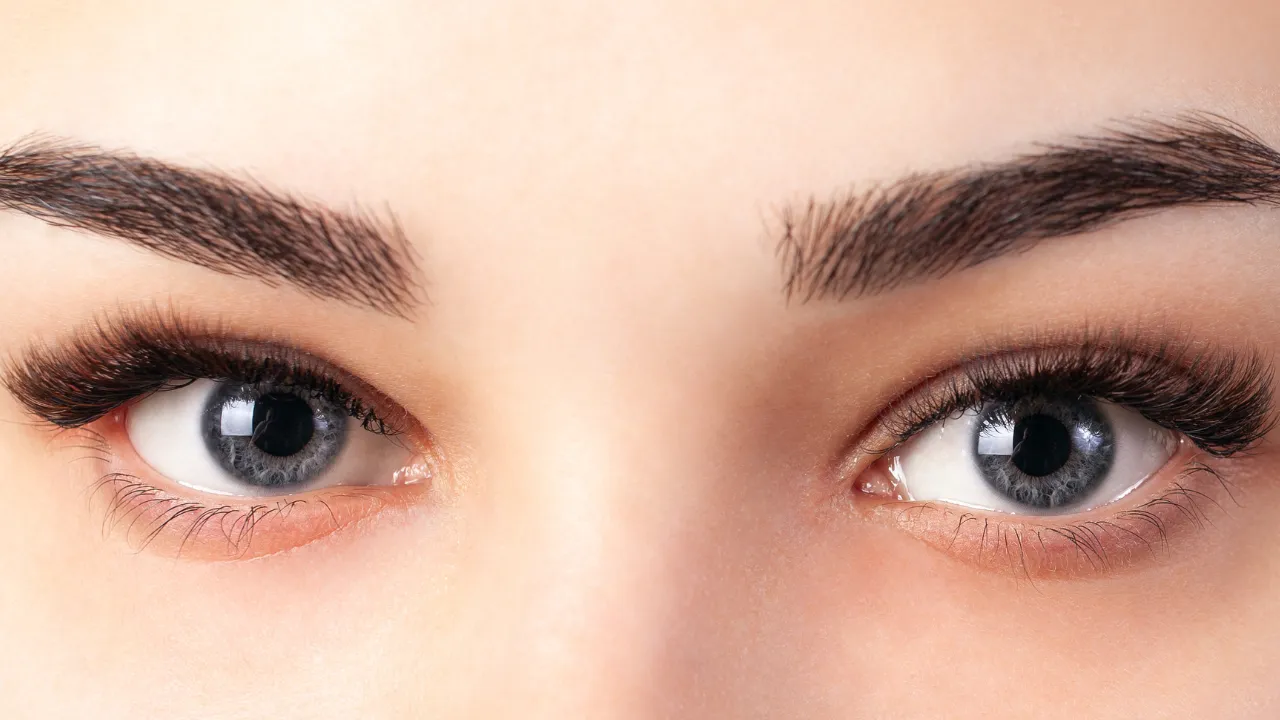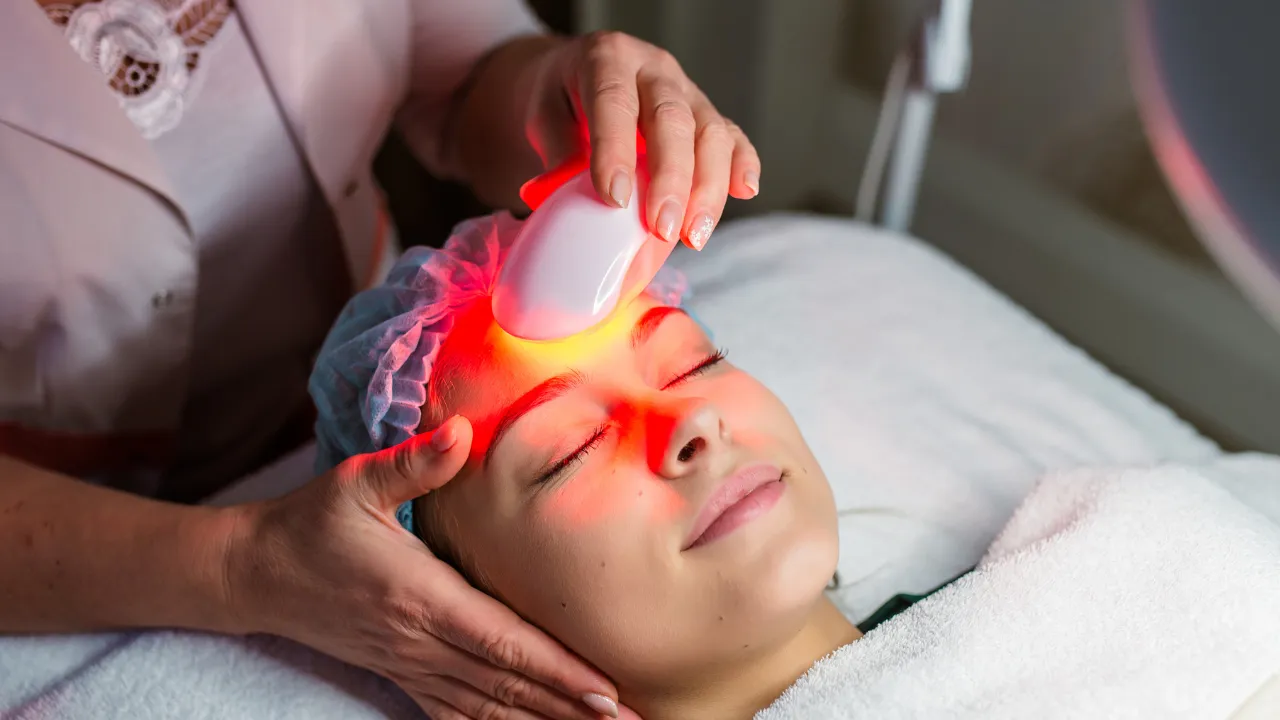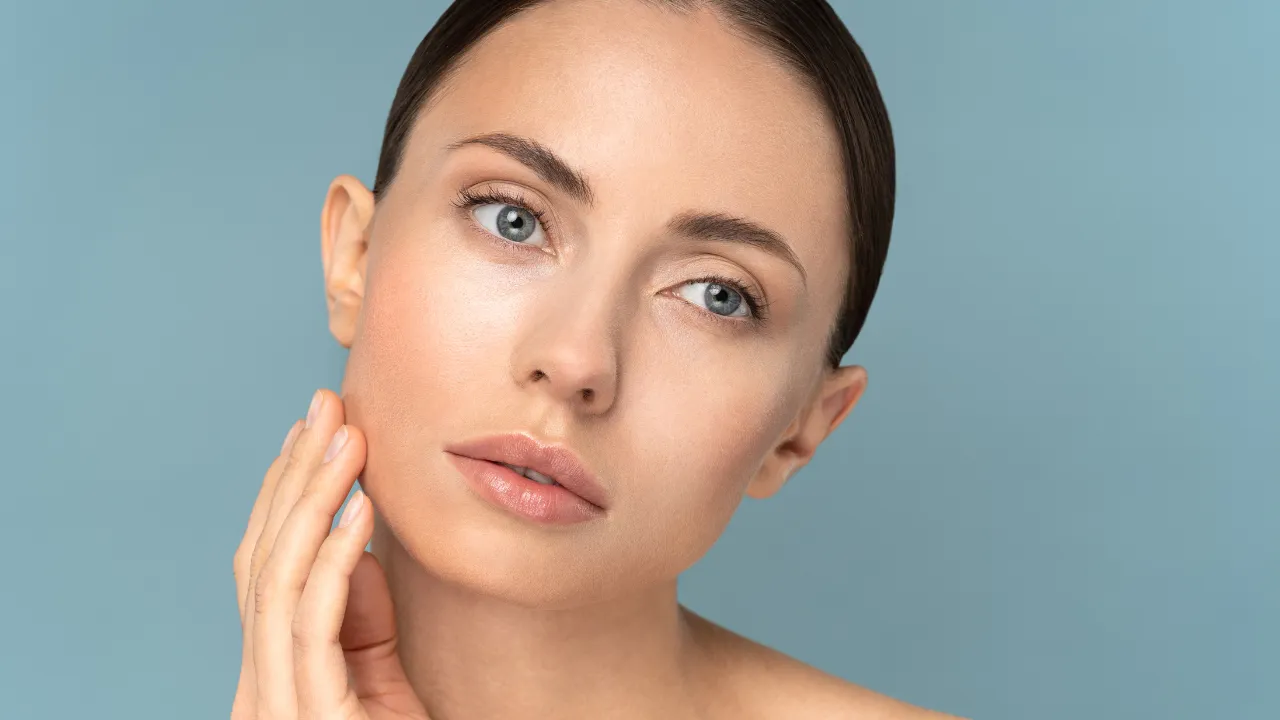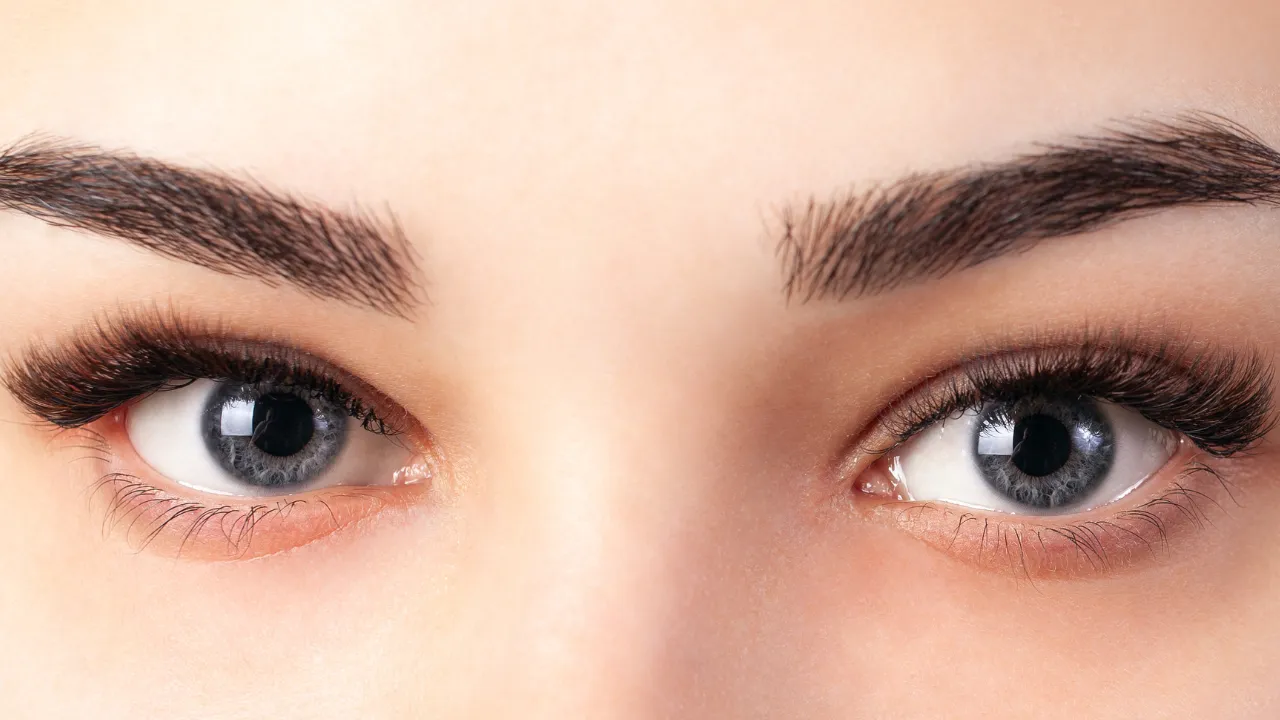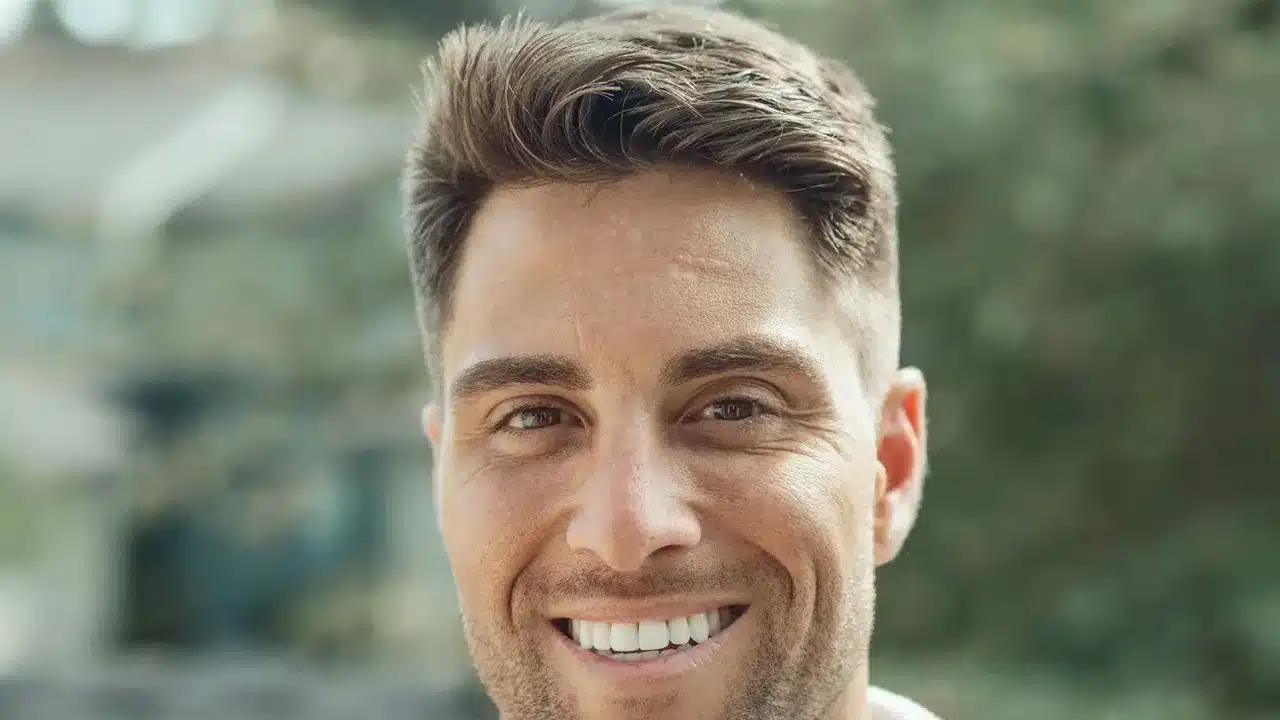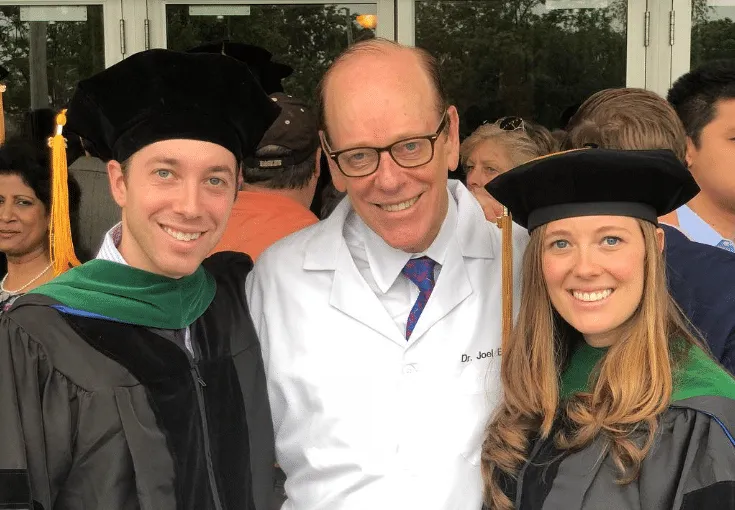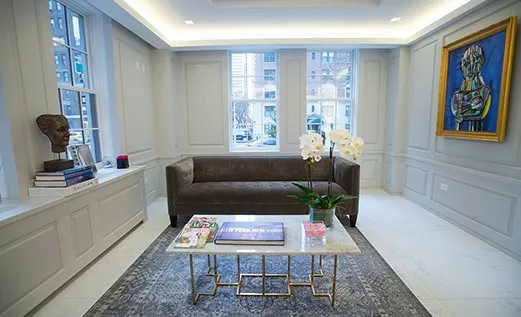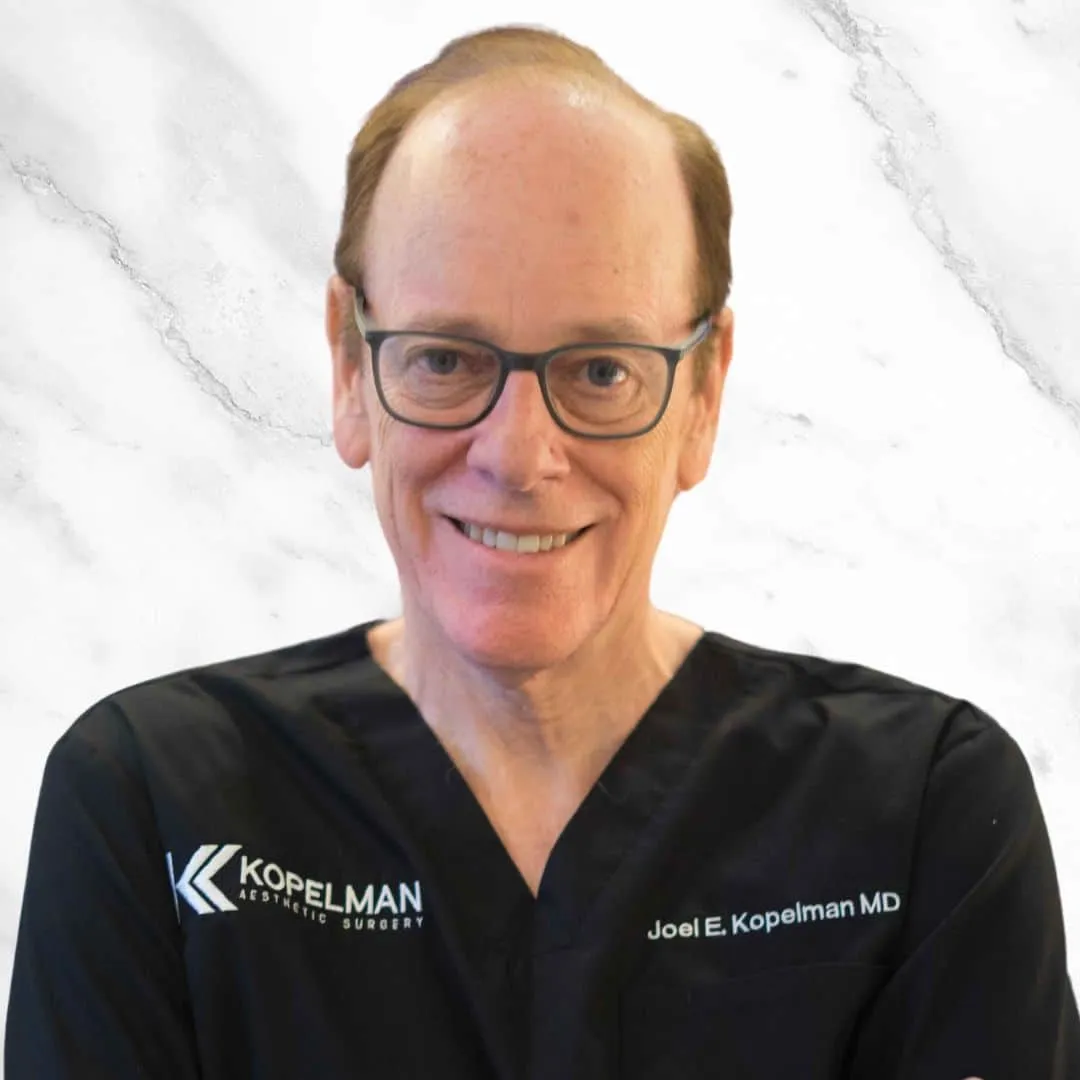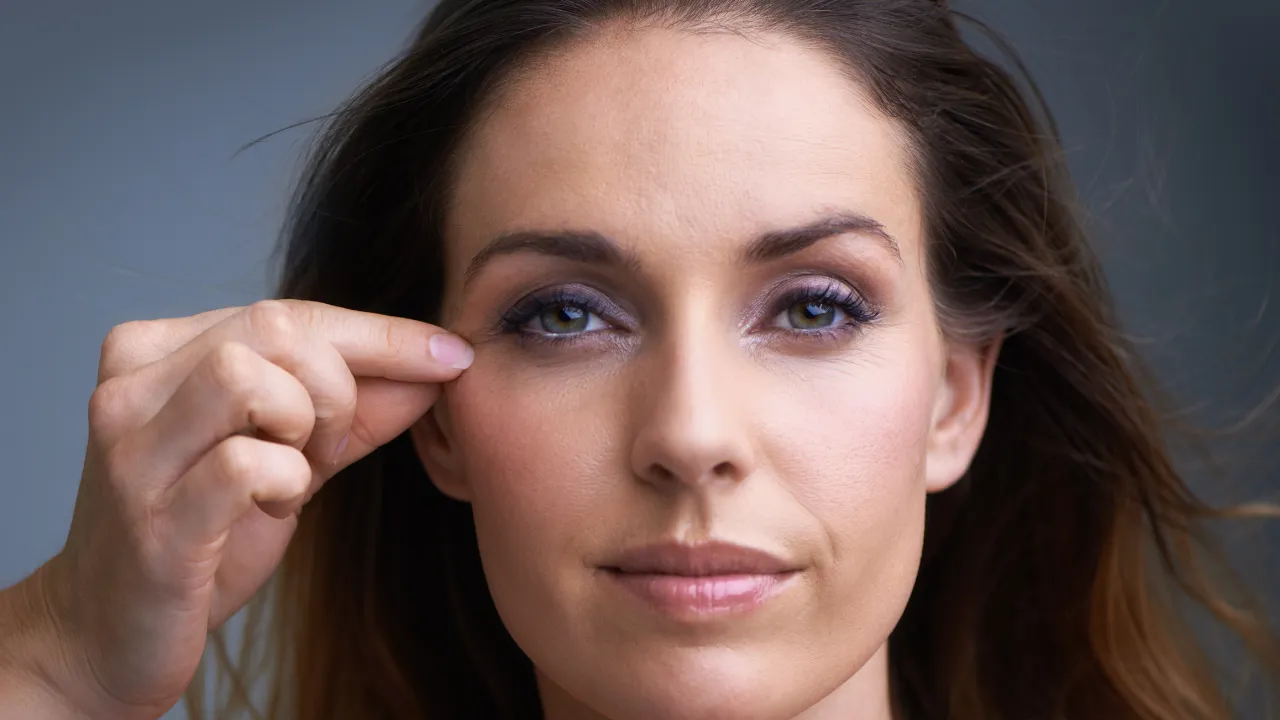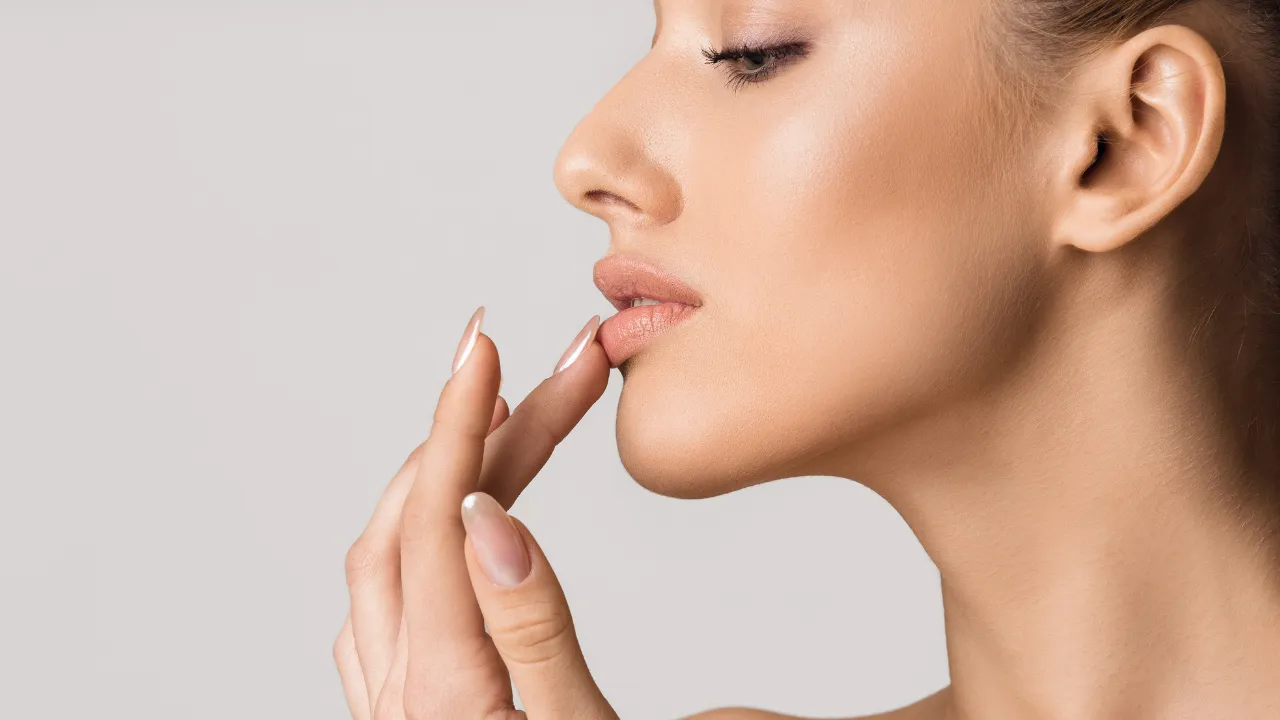A droopy lower eyelid after blepharoplasty can alter the appearance and function of your eyes. At Kopelman Aesthetic Surgery, Dr. Joel Kopelman offers expert care to fix this issue.
Begin with reading our Eyelid Surgery: Everything You Need to Know guide to understand what blepharoplasty involves and set realistic expectations.
Table of Contents
ToggleKey Takeaways
A droopy lower eyelid after blepharoplasty can happen due to swelling, weak muscles, or changes in eyelid support.
Most mild cases improve within weeks, but long-lasting sagging may require revision surgery.
Treatments include canthoplasty, spacer grafts, fillers, and support techniques based on your eye shape.
Dr. Joel Kopelman creates personalized treatment plans tailored to your eyelid tone, facial shape, and surgical history.
You can avoid problems with careful planning, especially if you have large eyes or weak eyelids.
What to Expect After Lower Eyelid Surgery
Lower Eyelid Swelling After Blepharoplasty
Lower eyelid surgery removes excess eyelid skin and fat to enhance the eye shape. Swelling, bruising, and tightness are common early on.
These post-operative effects typically subside within one to two weeks. You can also see our in-depth Blepharoplasty Recovery | What to Expect at Home for recovery tips.
How Long Does Swelling Last After Surgery?
Swelling peaks during the first few days. Cold packs and keeping your head raised help reduce swelling. Most swelling typically improves within 10–14 days, although a small amount may persist for a more extended period.
Is It Normal for the Lower Lid to Droop?
Some people notice their lower lid pulls down after surgery. This may be due to swelling or weak muscles and often improves on its own. But if it lasts too long, you may need a check-up.
If drooping doesn’t improve after 3–4 weeks, schedule a visit. Dr. Kopelman typically recommends checking the lid after one month to determine if further treatment is necessary.
Why Lower Eyelids Droop After Surgery
Common Causes of Eyelid Sagging
A droopy eyelid after lower blepharoplasty happens when eyelid support is weak. Scar tissue, weak muscles, or complications during the healing process may cause this.
Surgery is performed near sensitive eye muscles and tendons. If they are damaged or not supported, the lower lid may shift. Individuals with large eyes or weak eyelids are at a higher risk of developing this condition.
This condition is often referred to as “lower eyelid retraction.” It means the lid sags and shows more of the white of the eye.
One way to fix it is with a “tarsal strip canthoplasty,” which tightens the eyelid. For more details on complex corrections, see our page on Revision Blepharoplasty & Eyelid Surgery.
Dr. Kopelman explains these terms to help patients understand their options.
Droopy Upper Eyelid After Lower Blepharoplasty
In rare cases, a droopy upper eyelid may also occur after lower blepharoplasty. Swelling or scarring can affect the upper lid.
This requires a thorough examination to rule out nerve problems. You may also be interested in learning about Fixing Large or Droopy Upper Eyelids if that is a concern.
Expert Perspective on Common Post-Surgical Cases
Dr. Kopelman often observes this in individuals with loose eyelids or a history of past surgeries. Large eyes and weak muscles can exacerbate the issue if not adequately addressed.
He adjusts his method based on the type of your eyelid. This helps avoid future problems.
Sudden or One-Sided Eyelid Drooping
Other causes include removing too much skin or poor healing. Dr. Kopelman carefully reviews each case to determine the safest course of action.
How to Treat a Drooping Lower Eyelid
Understanding Surgical Options in Greater Detail
When surgery is performed again, it depends on how the lid is drooping. Spacer grafts can help support the eyelid. These come from your own body, such as ear or mouth tissue, and provide lasting support.
Dr. Kopelman picks the best graft based on your past surgeries and eyelid shape. Sometimes, a man-made graft may be used.
Surgical Treatments: Canthoplasty, Grafts, and Midface Support
In mild cases, non-surgical treatments such as massage, steroid injections, or fillers may be helpful. These are most effective in the first few weeks after surgery.
For more serious sagging, surgery like canthoplasty or canthopexy may be needed. These tighten the outer corner of the eyelid and help protect the eye.
Spacer grafts provide support and help return the lid to its normal position. Dr. Kopelman selects what best suits each person.
Surgery includes procedures like tarsal strip canthoplasty and midface lifting when more support is needed.
Non-Surgical Options: Fillers and Skin Tightening
Some people may require revision eyelid surgeries to address both aesthetic concerns and discomfort. These procedures are complex and should be performed by a skilled oculofacial plastic surgeon, such as Dr. Kopelman.
Fillers may help if the sagging is mild. They support the lid and hide small changes. But they are not a permanent fix.
Massage and steroids can also help reduce swelling in the early stages of the condition. These are most useful in the first 4–6 weeks.
When to Consider Revision Surgery
How Long Can Droopy Eyelids Last
Most eyelid changes improve as swelling subsides. If drooping lasts longer than 6–8 weeks or causes eye problems, see your doctor. Our How Long Does Eyelid Surgery Last? page offers insight on healing timelines.
Signs You Need Revision or Evaluation
You may need revision surgery if the lid stays pulled down. A comprehensive plan is created to meet your specific needs. Scar tissue or weak eyelid muscles may require special care.
Choosing a Qualified Oculoplastic Surgeon
If one eyelid heals differently from the other, get it checked. Dr. Kopelman will examine your face and eyelids closely to find the right solution.
How to Prevent Eyelid Drooping in Future Procedures
Safer Surgical Techniques and Approaches
Preventing sagging starts with careful planning. Individuals with large eyes, loose eyelids, or dry eyes require a gentler approach.
Using a transconjunctival approach helps reduce risk. It removes fat from the inside without cutting the skin.
Considerations for High-Risk Patients
Dr. Kopelman adjusts each surgery to suit the individual’s eyelid strength and facial shape. Using support methods like canthopexy helps avoid sagging.
If you’re experiencing a droopy lower eyelid after blepharoplasty, early evaluation is key. Dr. Joel Kopelman offers personalized care to address both functional and aesthetic concerns. Schedule a consultation today to explore your treatment options and restore your confidence.
Frequently Asked Questions
Can a droopy eyelid after blepharoplasty go away on its own?
Yes, in many cases. Swelling and muscle recovery can improve the appearance of the eyelid over time. If it doesn’t improve after 6–8 weeks, consult your doctor.
What is the difference between canthoplasty and canthopexy?
Canthoplasty is a complete surgery that tightens the outer eyelid. Canthopexy is a minor procedure that secures the lid in place without requiring the cutting of tendons.
Are fillers a permanent solution for eyelid sagging?
No. Fillers are short-term fixes. They help with mild sagging but do not fix deeper problems.


